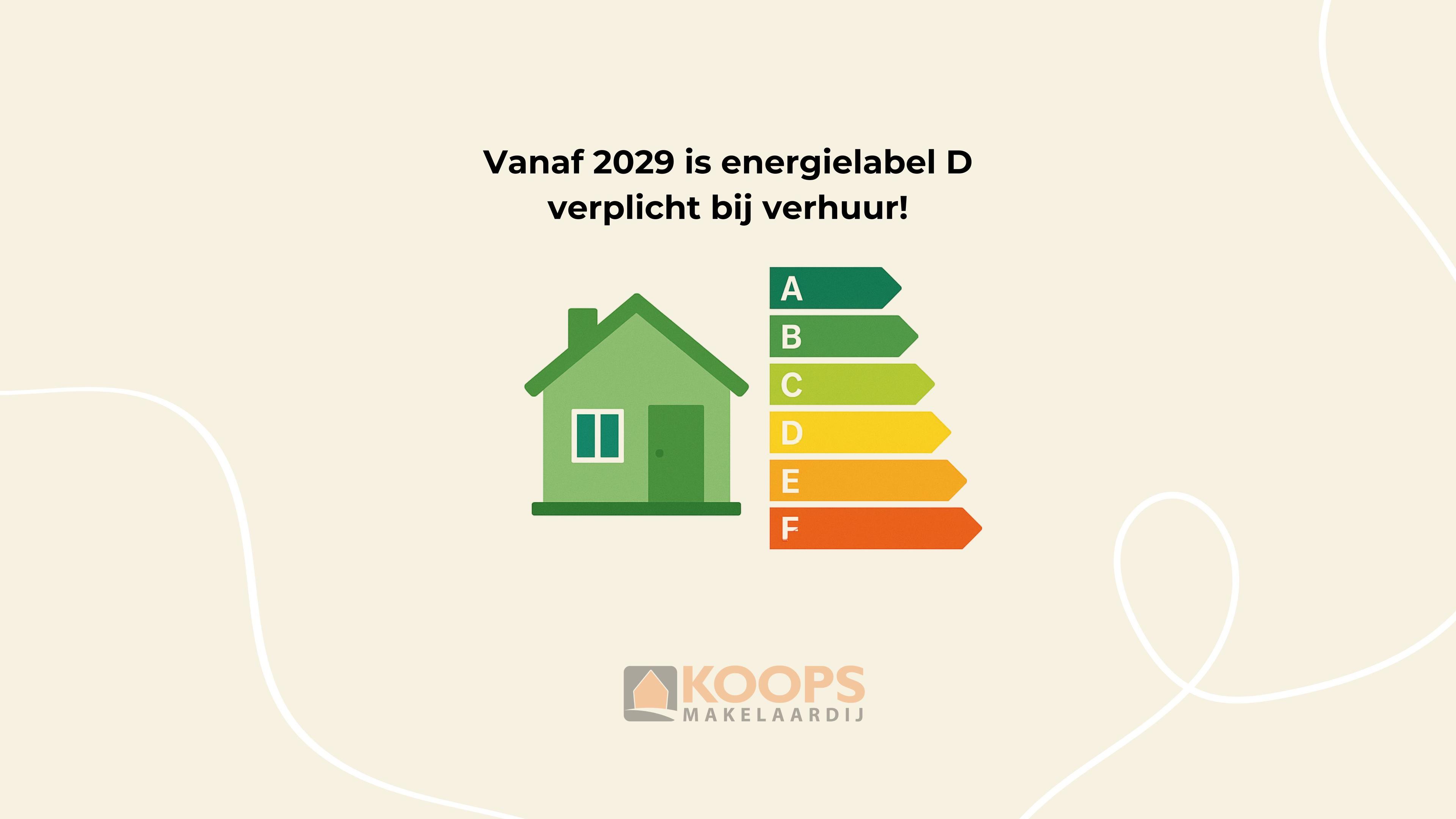From 1 January 2029, an important new rule will apply to the Dutch rental market: properties that are rented out must have at least energy label D. This is in line with the government's broader ambition to make the housing stock more sustainable and significantly reduce CO₂ emissions. For landlords, this means that they still have a few years to adapt their properties, but those who wait until the last minute may find themselves in a difficult situation.
Why this measure?
The Dutch government has committed itself to European climate targets. A large proportion of CO₂ emissions come from homes that are poorly insulated and consume a lot of energy. The minimum requirement of energy label D encourages landlords to make their properties more energy efficient. This not only benefits the environment, but also reduces tenants' housing costs.
The measures required vary from home to home. Often, it involves a combination of:
Insulation
- Cavity wall insulation
- Roof and floor insulation
- HR++ glass or triple glazing
Heating
- An HR boiler or (hybrid) heat pump
- Radiator foil, pipe insulation
Ventilation
- A good balance between airtightness and ventilation
Other measures
- Installing solar panels to generate part of your own energy consumption
An energy advisor can provide tailored advice on exactly which measures are most effective in achieving label D or better.
What if you don't do it?
Landlords who still offer their property under label D in 2029 will face restrictions:
Prohibition on letting: the property may simply no longer be let until it meets the requirements.
Enforcement and fines: local authorities and the Human Environment and Transport Inspectorate (ILT) can enforce the regulations and impose sanctions.
Financial consequences: vacancy or forced short-term investments can turn out to be considerably more expensive than timely, phased sustainability measures.
Practical consideration: current tenants
Many sustainability measures are drastic and difficult to implement while a property is occupied. Examples include insulating floors or replacing window frames. This makes it particularly important for landlords to consider sustainability measures immediately when there is a change of tenant. This is often the ideal moment to make the property future-proof without causing inconvenience to tenants.
2029 may seem a long way off, but time can fly. Landlords would be wise to start taking stock now of which properties fall below the D label standard and draw up a sustainability plan. This will help you avoid problems, limit financial risks and contribute to a more sustainable housing market.



